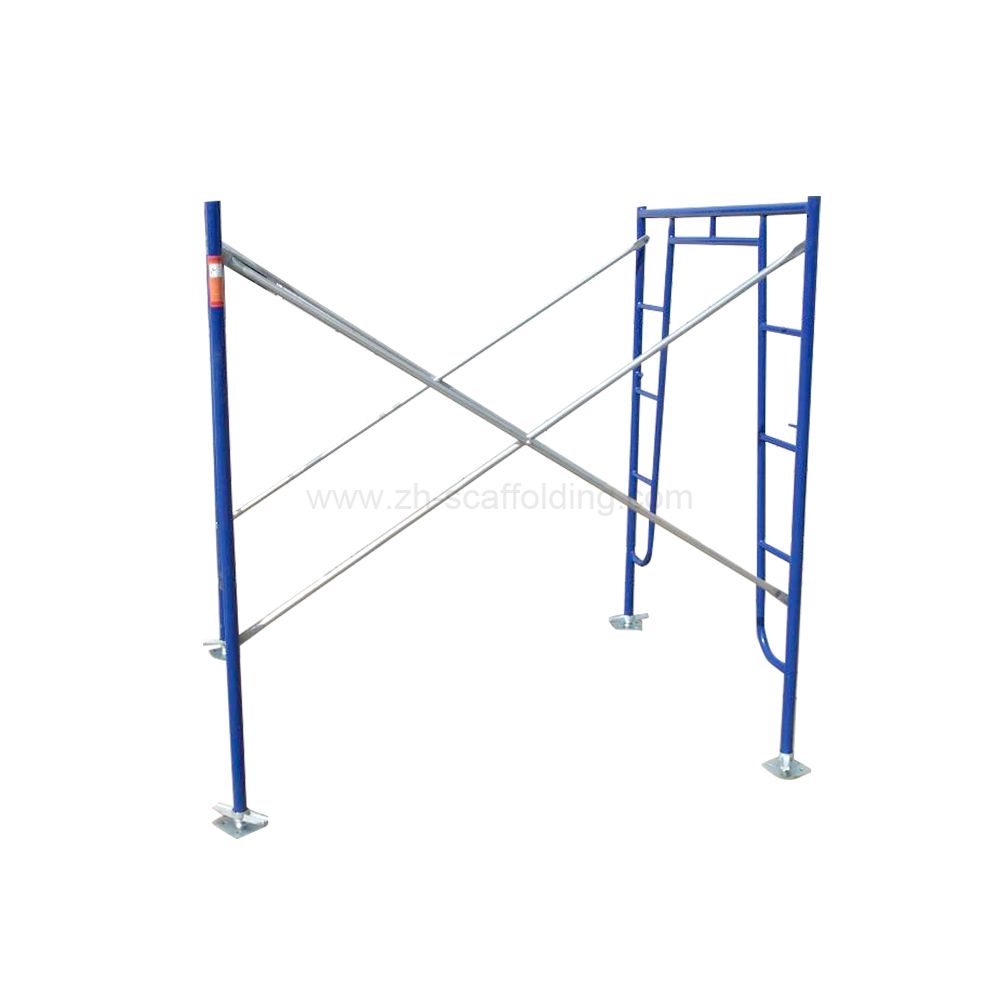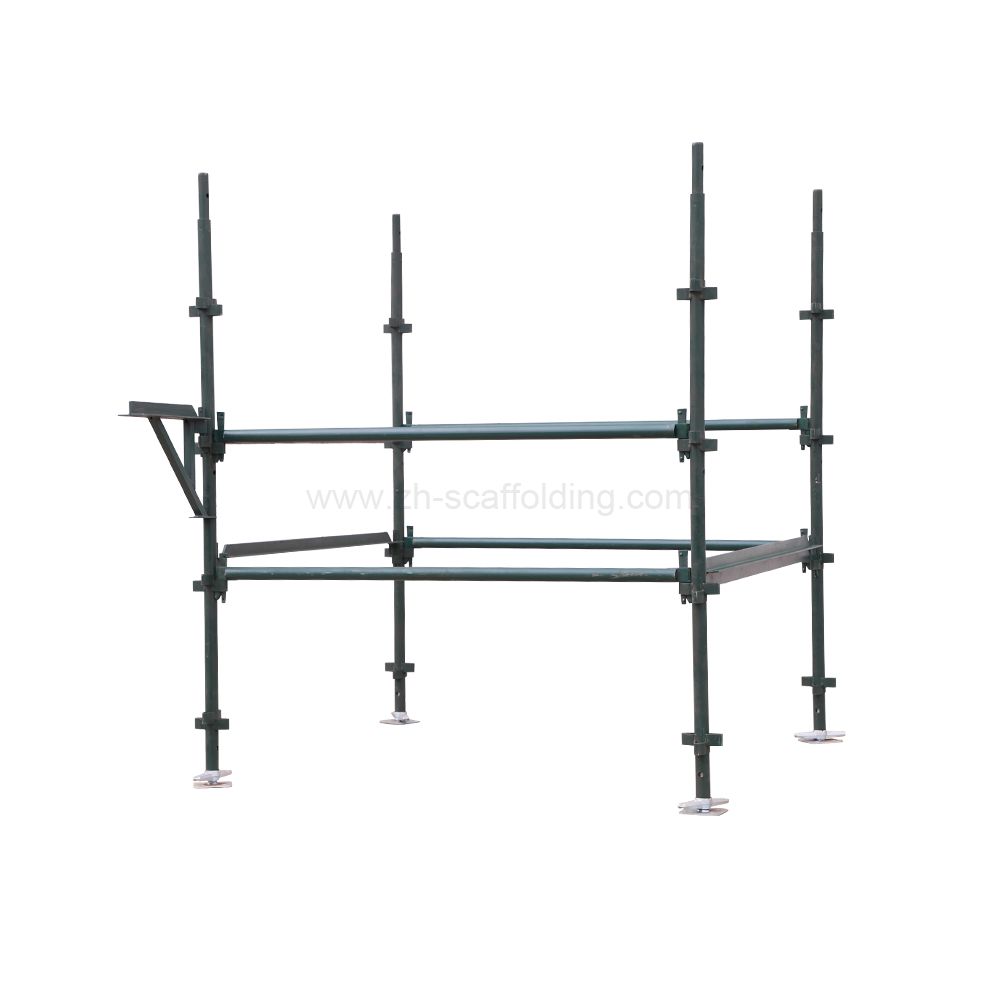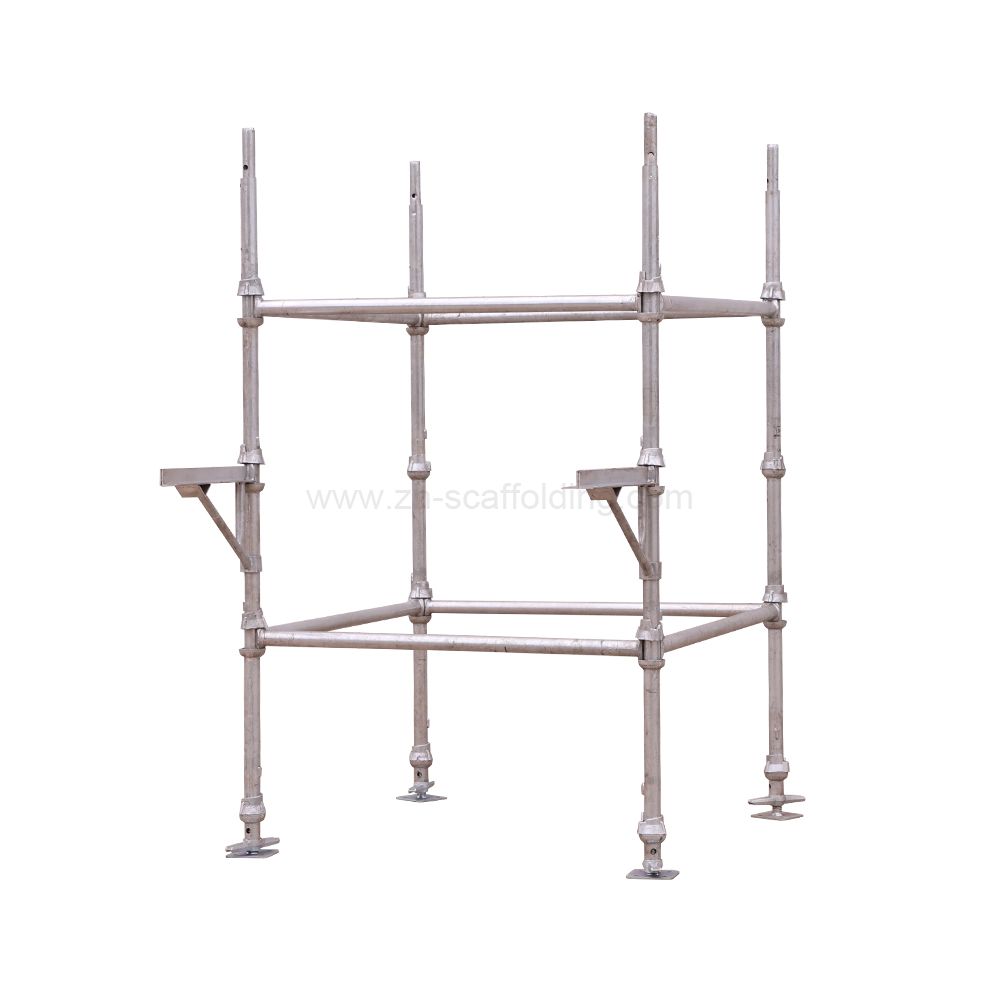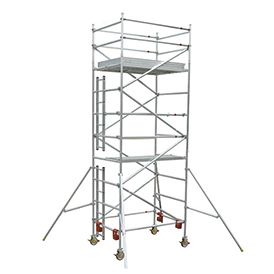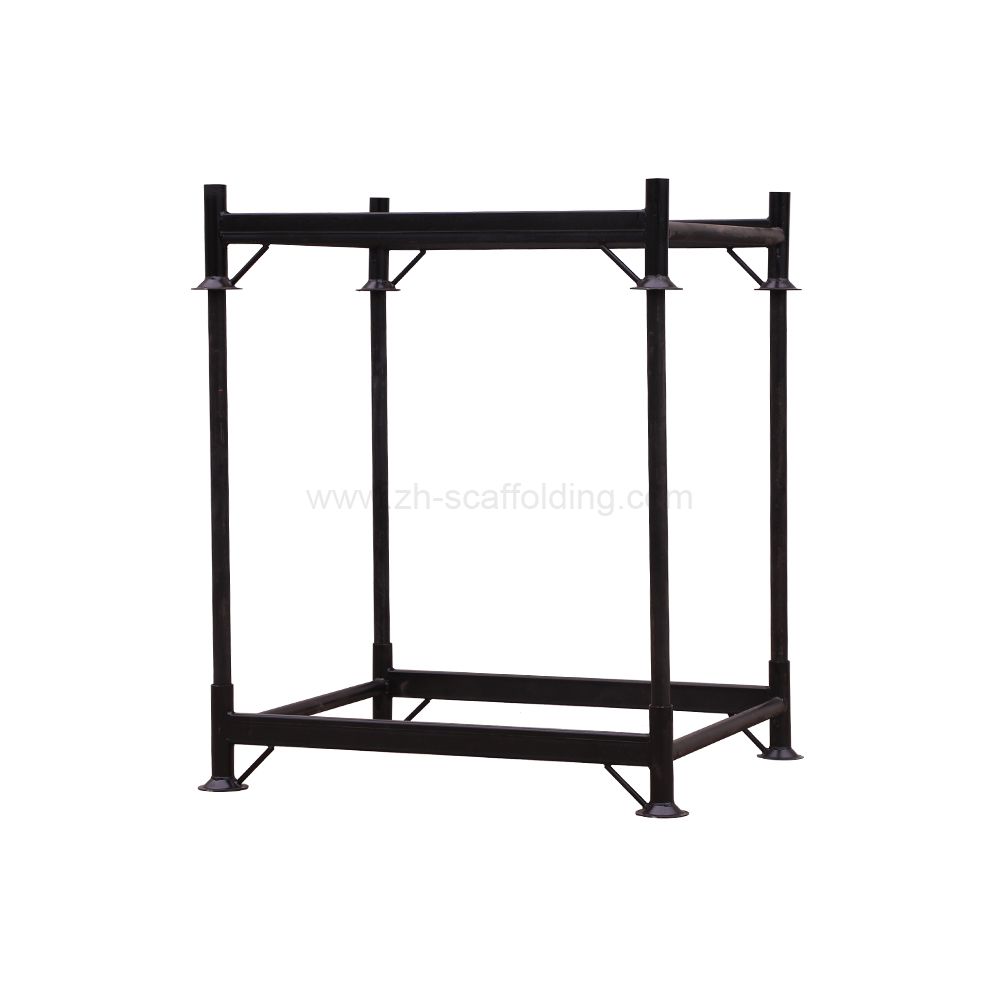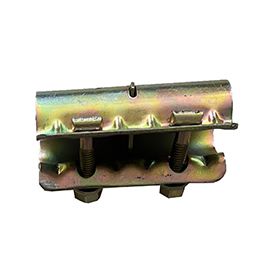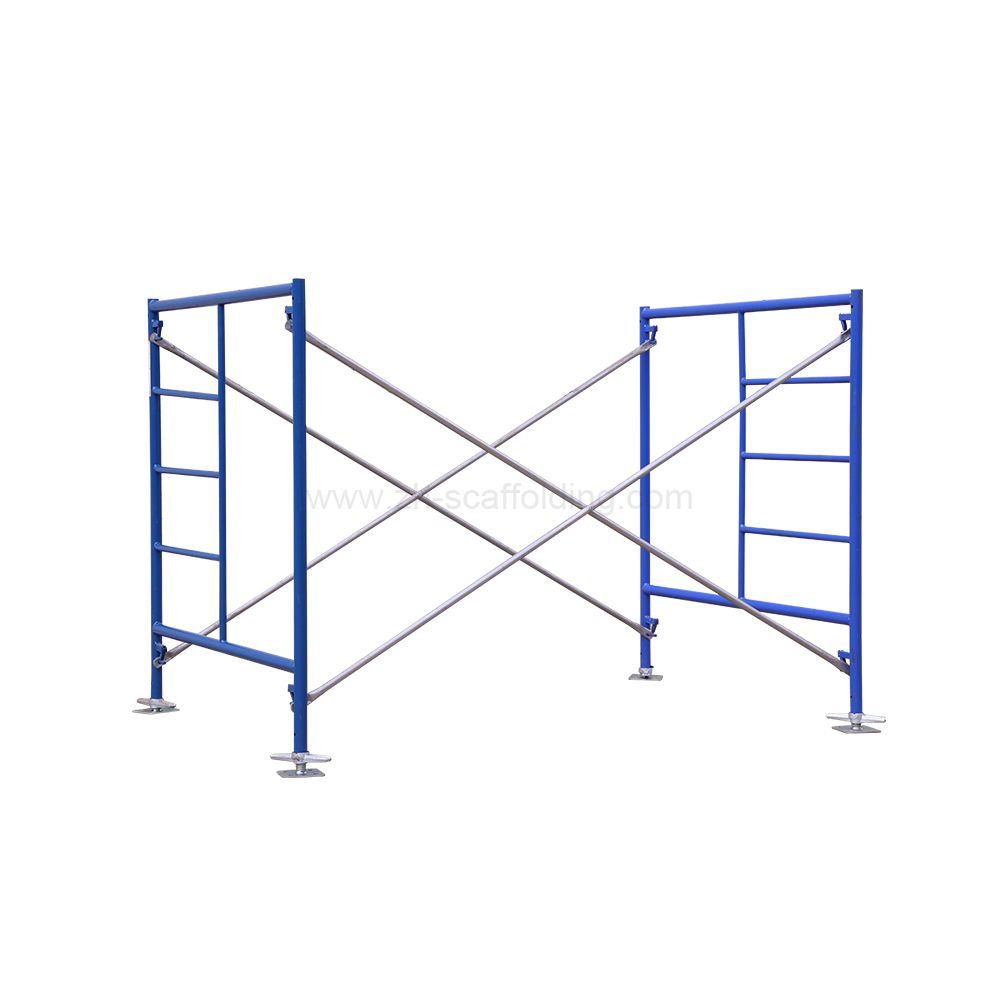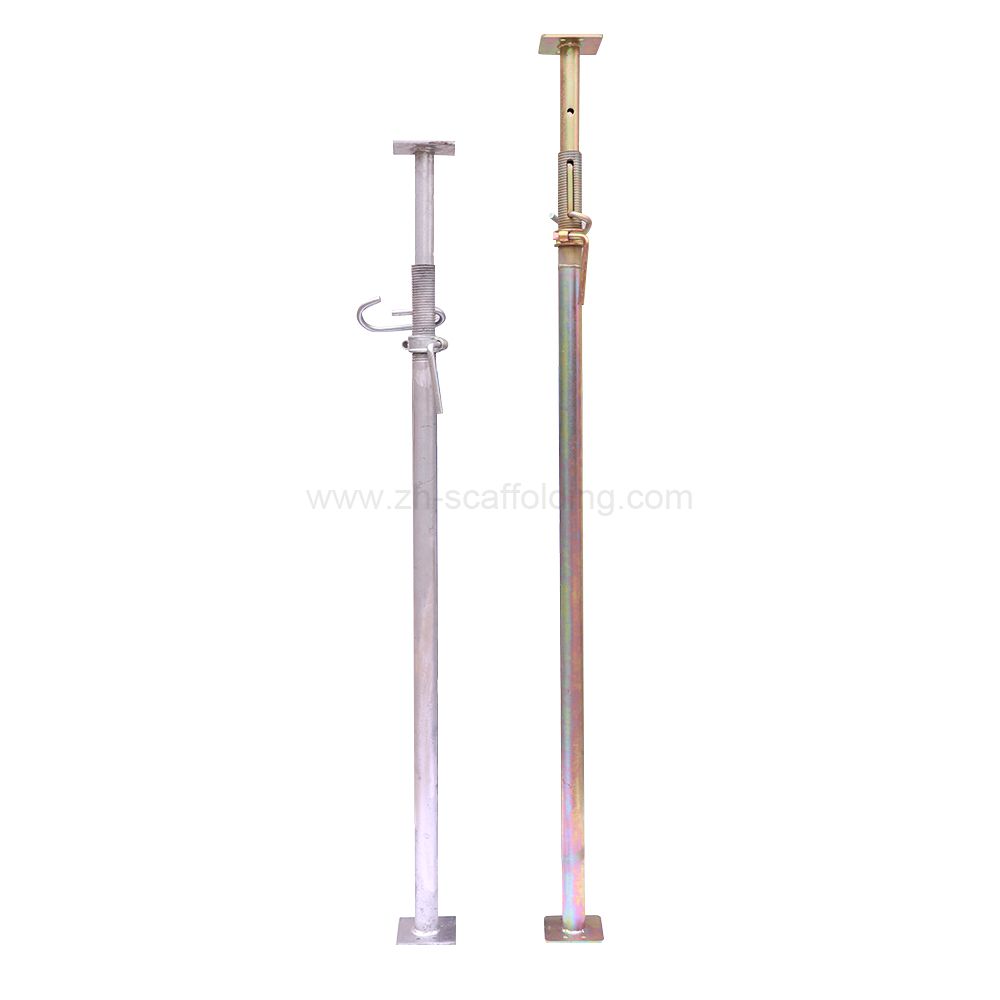engineered scaffolding
engineered scaffolding
Engineering scaffolding requirements as well as its use falls under the jurisdiction of the Occupational Safety and Health Administration, the government agency responsible for overseeing workers' on-the-job safety. Scaffolding involves a common practice of building temporary working structures during construction or repair of buildings or industrial structures. The engineering design and assembly of scaffolds is closely monitored and must be done correctly to ensure safe working conditions. Scaffolds are modular systems comprised of pipes and planking that allow workers safe access to higher elevations.
Ladders and Guardrails
Scaffolds must be equipped with proper access and may include dual access as necessary. Access ladders must extend beyond the deck and if the scaffold is excessively high, usually a ladder break and rest deck are required. Swing gates are also required for any scaffolds over a certain height determined by the user. All scaffolds, regardless of height, must be equipped with secure handrails and guardrails on all open sides.
Planks and Footings
Scaffolding equipment must be kept in good condition at all times. Defective scaffolding planks, decking, clamps and footings should be taken out of service and repaired or replaced. To prevent damage due to exposure, it is recommended that all scaffold planks be stored in a dry condition, protected from the weather. Toe boards are usually required on all scaffolds and run from leg to leg across the ends of boards secured to the vertical structures. Toe boards should be capable of withstanding applied downward or horizontal force to prevent falling debris.
Inspection and Safety
Since work on scaffolds is done high above the ground, safety and inspection is crucial to keep accidents from occurring. When erecting scaffolds in a congested area, barricade tape should be used to keep other workers away from dangerous areas. The clearance between scaffolds and power lines should be determined in advance of installation. Scaffolds should not be erected, used, dismantled, altered, or moved in such a way as to cause exposure to conductive materials or energized power lines. Scaffolds should be regularly inspected and have inspection tags secured to the structure. Inspections tags should indicate the date of erection, inspection date and time, scaffold duty rating and any restrictions or warnings.

